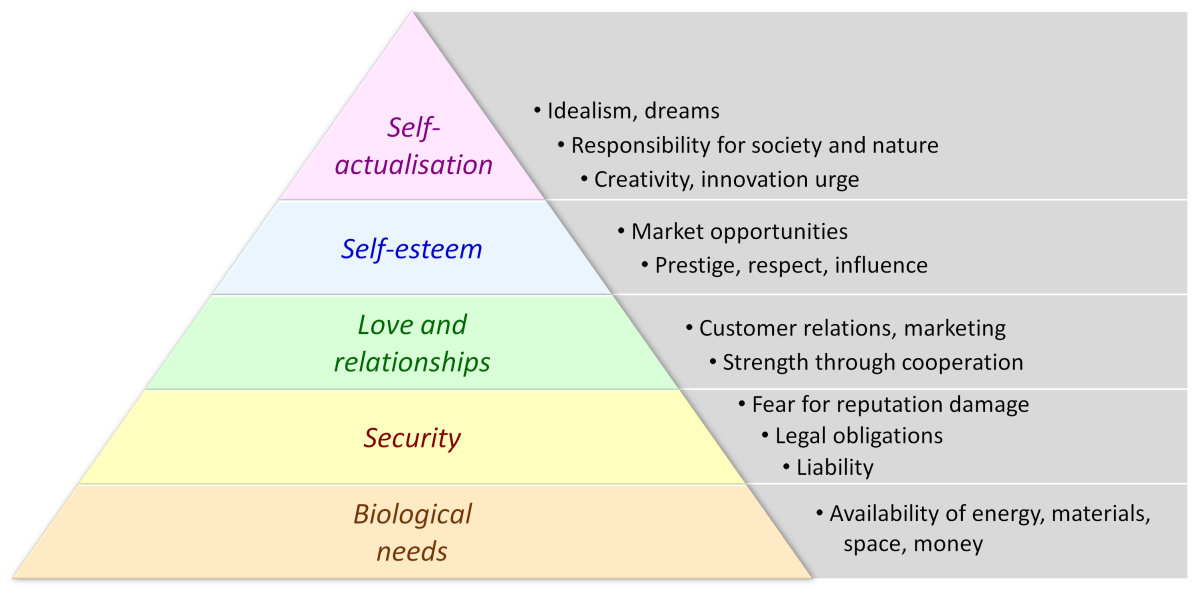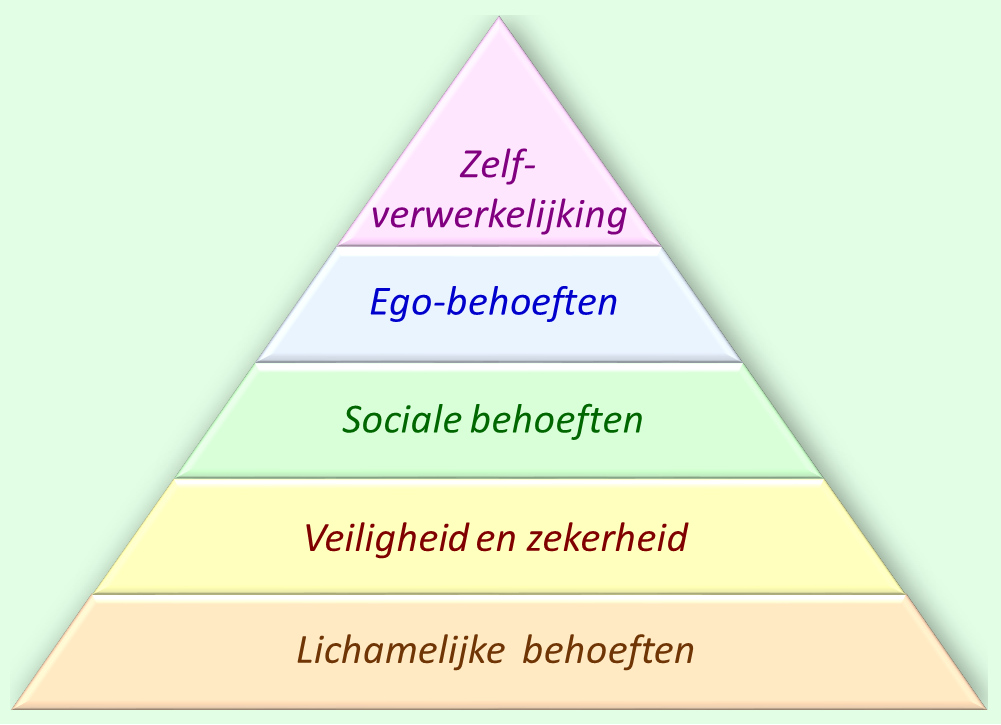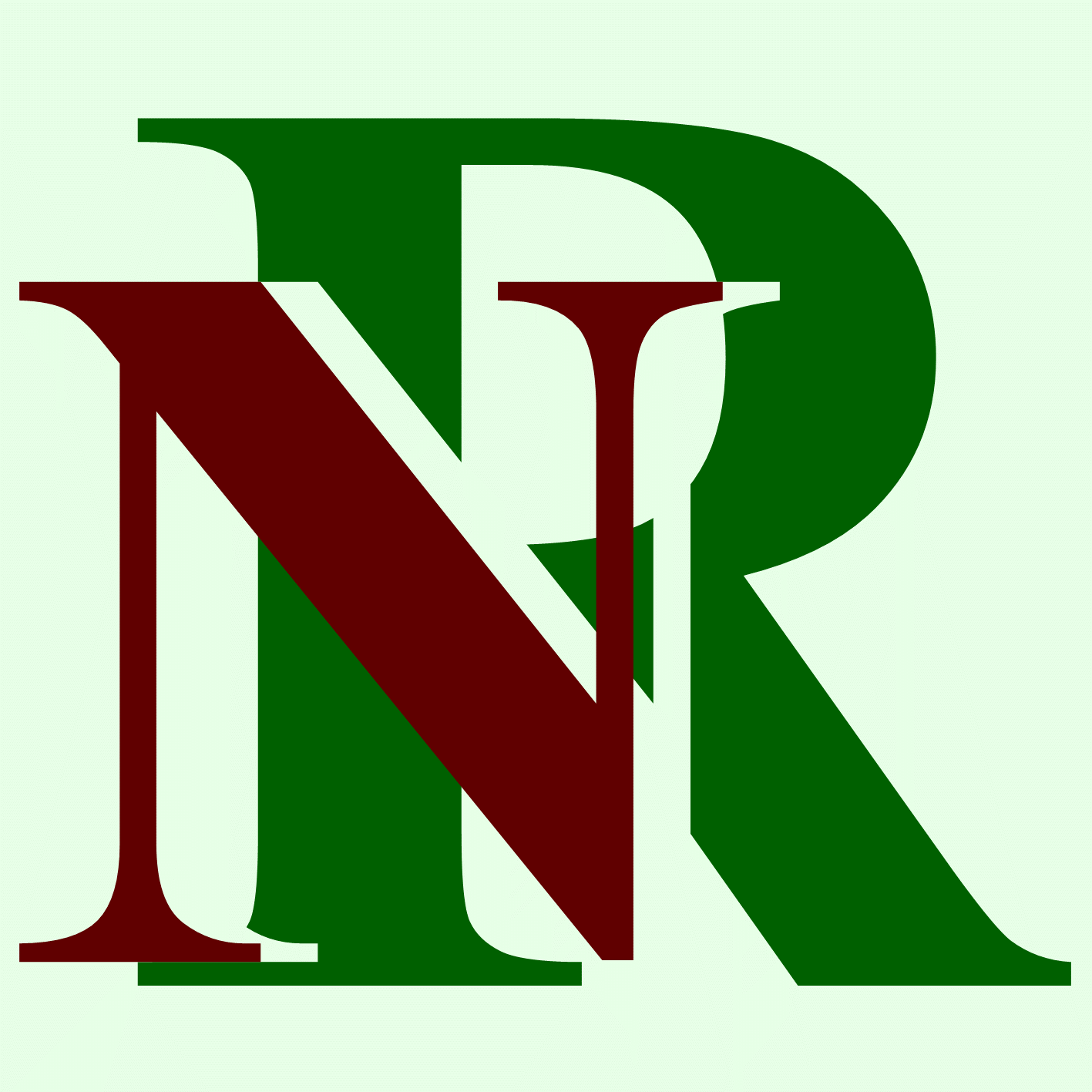FFEA Extensions: example # 3 CSR Motives Analysis / MVO Motivatieanalyse |
> This extension is applied in assignments for the academic textbooks on sustainability & CSR.
Motives for CSR may vary hugely, from company to company or even within one organization.
According to some people, only 'noble' motives count, based on idealistic grounds; all other kinds of motives are based on fear or self-interest, or are plain 'window-dressing', and as such they don't count.
Others have a more pragmatic attitude: it doesn't matter why a company acts responsibly and sustainably, as long as they just do it.
The CSR Motives Analysis workshop offers a chance to open up this discussion and to what it leads to. The workshop may be done by a group working within the company or organization - board & managers, or employees, or both together. It can also be done by a group of outsiders, who have some kind of stake in the activities and achievements of the company: either a positive or a negative one. Of course, a combination of in- and outsiders might be fascinating, too.
On this page:
|
 The psychologist Abraham Maslow devised a theory on needs that has since become famous. Maslow’s model distinguishes between five different types of needs, as can be seen in figure 1.
The psychologist Abraham Maslow devised a theory on needs that has since become famous. Maslow’s model distinguishes between five different types of needs, as can be seen in figure 1.
The standard pyramid form of Maslow’s model serves the purpose of representing the fact that some needs are more fundamental than others. The theory states that a person will only be fully motivated to fulfil his or her needs at a certain layer of the pyramid if the needs of the lower layers are already fulfilled to a reasonable degree. So, a person suffering from severe hunger will devote a great deal more attention to that than to social needs such as love and affection, as he or she will primarily focus on getting enough food to stay alive.
The pyramid is not always this literal, and there are enough exceptions in which, for example, people are suffering from famine while still maintaining strong family bonds. Maslow’s pyramid consequently serves merely as a model of reality, and just like any other model it is a simplification of that reality.
Sustainable development deals with fulfilling needs both today and in the future, and at every one of the five levels in Maslow’s hierarchy. This is evident in the table below, in which a number of concrete needs are listed as examples for each level. The adjoining column contains a number of examples of themes related to sustainable development. The table also shows that the lowest two levels are (primarily) concerned with prosperity – in other words, the material aspects of well-being. The upper levels primarily concern mental needs and thus are mainly concerned with welfare.
|
Maslow’s hierarchy and sustainable development |
|||
|
Maslow’s hierarchy of needs |
Examples of needs |
Themes of sustainable development |
|
|
(primarily) Welfare |
5. Self- |
Developing one’s own talents Creativity Performing Responsibility for one’s own actions |
Education, literacy Plans for the future, innovation Meaningful work, appropriate pay Responsibility for others, transfer of problems |
|
4. Self-esteem |
Recognition by others Self-confidence, self-respect Social prestige Power |
Respect for people who are different Emancipation, freedom of expression Ownership, wealth, ruthless exploitation Tyranny, democracy |
|
|
3. Love and |
Belonging to a group Affection, friendship Love Valuing, acceptance |
Cultural differences, standards, xenophobia Solidarity, aid Family reunification Discrimination |
|
|
(primarily) Prosperity |
2. Security |
Shelter Guaranteed income Justified treatment Protection from danger |
Refugees, freedom of settlement Distribution of wealth, providing for old age Human rights, unequal distribution of wealth War, terrorism, disasters |
|
1. Biological |
Food, drink Air to breathe Sex Rest, sleep, health |
Food production, clean water, diseases of affluence Air pollution, particulate matter, climate Population increase, contraception, HIV / AIDS Nature, quiet, healthcare, the environment |
|
Although Maslow's model is normally applied to individuals, it may perfectly well be applied to companies and other organizations. The following image illustrates this.

Maslow for CSR in Organizations
The Workshop
The image 'Maslow for CSR in Organizations' is printed on a large sheet of paper, e.g. with a width of a meter (40 inches). The print is placed horizontally on a table, allowing people to walk around it.
All participants - 5 to 20 persons; id there are more, the group is split up - receive 6 to 10 coins. They are requested to distribute them among the 5 segments of the pyramid, in a way theu choose individually. With the distribution they indicate, which weight they would like to attribute to each of the 5 motives for CSR within their own organization.
During the distribution process the participants are not allowed to talk.
The distribution process continues until all coins are placed. Moving coins is allowed, but the own ones. When everybody is satisfied, the numbers in the 5 segments are counted and noted down.
Now, the workshop leader starts the discussion. The participants are invited to explain to each other why they distributed their coins the way they did.
The purpose of the discussion is not, to find consensus. it is, however, that the participants listen carefully to each other.
The coins are now removed and given back to the participants. They are requested to distribute them anew.
Again, the participants are not allowed to talk during the distribution process.
When the coins are placed on the board again, the number are counted and noted down.
Next, the workshop leader reopens the discussion, and informs whether, and if so, why, certain participants distributed their coins differently from the first time.
The workshop leader finishes with a summary and a conclusion. A report of the conclusion may be sent to the management of the organization.
 Er is door de psycholoog Abraham Maslow een theorie over behoeften opgesteld die beroemd geworden is. Maslows model onderscheidt vijf soorten behoeften.
Er is door de psycholoog Abraham Maslow een theorie over behoeften opgesteld die beroemd geworden is. Maslows model onderscheidt vijf soorten behoeften.
De gebruikelijke piramidevorm van Maslows model is bedoeld om uit te beelden dat bepaalde behoeften meer fundamenteel zijn dan andere. Volgens de theorie van Maslow zal een mens pas voluit gemotiveerd zijn om de behoeften in een bepaalde laag van die piramide te vervullen, als aan de behoeften van de eronder liggende lagen in redelijke mate voldaan is. Zo zal iemand die ernstig honger lijdt, daaraan meer aandacht schenken dan aan sociale behoeften zoals liefde en genegenheid, omdat hij zijn tijd en inspanning in de eerste plaats richt op het voorkómen dat hij sterft van de honger.
Het model gaat niet altijd even letterlijk op, want er zijn genoeg uitzonderingen, waarin bijvoorbeeld mensen in hongersnood verkeren en tegelijkertijd sterke familierelaties onderhouden. De piramide van Maslow is dan ook slechts een model van de werkelijkheid, en dus is het – net als ieder ander model – een vereenvoudiging van die werkelijkheid.
Duurzame ontwikkeling gaat over het vervullen van behoeften, nu en in de toekomst. Dat betreft behoeften op elk van de vijf niveaus van Maslow. Dat blijkt uit de tabel, waarin een aantal concrete behoeften genoemd worden als voorbeelden van elk niveau. De kolom ernaast bevat voorbeelden van thema’s die met duurzame ontwikkeling te maken hebben. De tabel laat zien dat de onderste twee niveaus van Maslow (vooral) te maken hebben met welvaart, dat wil zeggen: met de materiële kanten van welbevinden. De hogere niveaus gaan vooral over meer geestelijke behoeften en hebben dus vooral te maken met welzijn.
|
Maslow en duurzame ontwikkeling |
|||
|
Piramide van Maslow |
|
Voorbeelden van behoeften |
Thema’s van duurzame ontwikkeling |
|
(vooral) Welzijn |
5. Zelf-verwerkelijking |
Ontwikkelen van eigen talenten Creativiteit Leveren van prestaties op niveau Verantwoordelijk voor eigen |
Onderwijs, alfabetisme Toekomstdromen. Innovatie Zinvol werk, passende betaling Verantwoordelijkheid voor anderen. |
|
4. Ego-behoeften |
Erkenning door anderen Zelfvertrouwen, zelfrespect Prestige, maatschappelijk aanzien Macht |
Respect voor mensen die anders zijn Emancipatie. Vrijheid van meningsuiting Bezit, rijkdom, roofbouw Tirannie, democratie |
|
|
3. Sociale behoeften |
Behoren tot een groep Genegenheid, vriendschap Liefde Waardering, acceptatie |
Cultuurverschillen, normen, Solidariteit, hulp Gezinshereniging Discriminatie |
|
|
(vooral) Welvaart |
2. Veiligheid en |
Onderdak Inkomensgarantie Rechtvaardige behandeling Bescherming tegen gevaar |
Vluchtelingen. Vrijheid van vestiging Verdeling van welvaart, oudedagsvoorziening Mensenrechten. Oorlog, terrorisme, rampen |
|
1. Lichamelijke |
Voedsel, drinken Lucht om te ademen Seks Rust, slaap, gezondheid |
Voedselproductie, schoon water Welvaartskwalen, luchtverontreiniging, fijn stof, Bevolkingsgroei, anticonceptie, HIV / AIDS Natuur, stilte, gezondheidszorg, milieu |
|
Hoewel het model van Maslow doorgaans wordt toegepast op individuen, is het ook prima toepasbaar op ondernemingen en andere organisaties. De volgende figuur laat dat zien.

Maslow voor MVO in Organisaties
De Workshop
De afbeelding 'Maslow voor MVO in Organisaties' wordt afgedrukt op een groot vel papier, bijvoorbeeld een meter breed. De afdruk wordt plat op een tafel gelegd waar men omheen kan lopen.
Alle deelnemers - 5 tot 20 personen, bij meer deelnemers wordt de groep gesplitst - ontvangen 6 tot 10 munten. Ze krijgen het verzoek om deze te verdelen over de 5 vakken van de piramide, op een individueel gekozen manier. Met de plaatsing geven ze aan, welk gewicht ze zouden willen geven aan elke van de 5 motieven voor MVO in hun eigen organisatie.
Tijdens het verdelen mogen de deelnemers niet met elkaar overleggen.
Het verdelen gaat net zo lang door, totdat de munten allemaal verdeeld zijn. Schuiven mag, maar alleen de eigen munten. Als iedereen klaar is, worden de aantallen munten in de 5 vakken genoteerd.
De workshopleider brengt nu een gesprek op gang. In dat gesprek leggen de deelnemers aan elkaar uit waarom ze hun munten op een bepaalde manier verdeeld hebben.
Het gesprek heeft niet als doel dat iedereen het met elkaar eens wordt. Wel, dat er goed naar elkaar geluisterd wordt.
De munten worden nu verwijderd en opnieuw uitgedeeld. De deelnemers mogen hun munten nu opnieuw uitdelen.
Ook nu mogen de deelnemers tijdens het verdelen niet met elkaar overleggen.
Als de verdeling opnieuw voltooid is, worden de aantallen in de 5 vakken opnieuw genoteerd.
Vervolgens heropent de workshopleider het gesprek, en informeert of, en zo ja waarom, bepaalde deelnemers hun munten nu anders verdeeld hebben dan de eerste keer.
De workshopleider sluit af met een samenvatting en een conclusie. Een rapport van de conclusie kan naar het management van de organisatie gestuurd worden.

